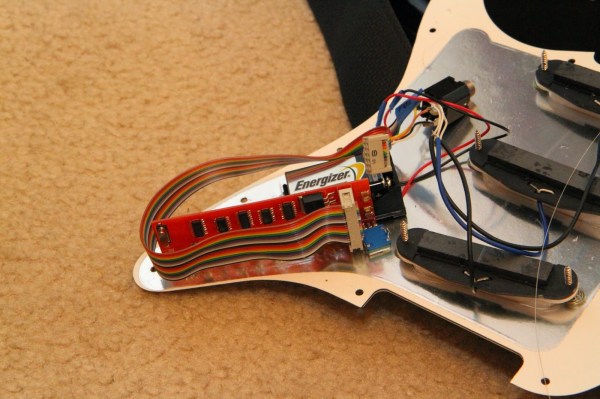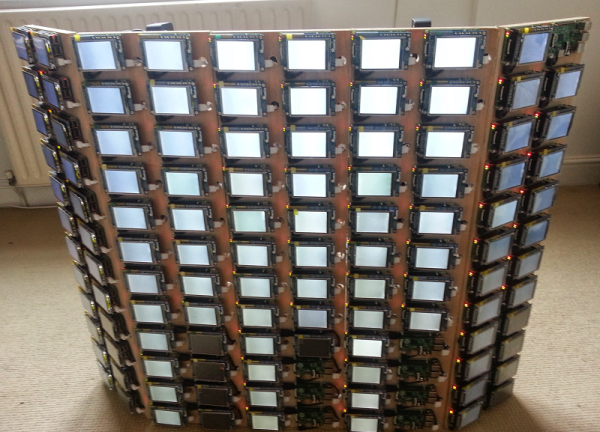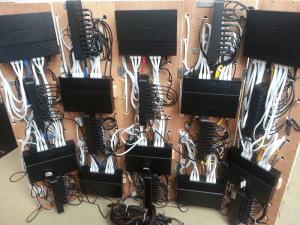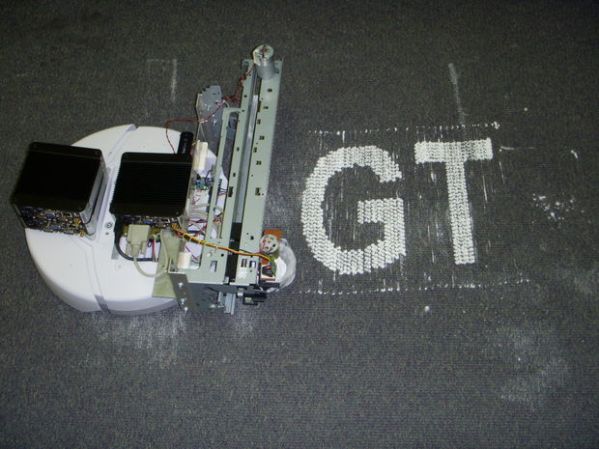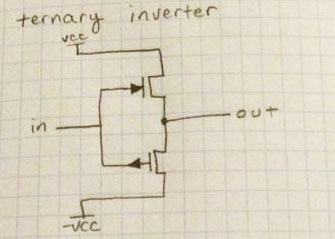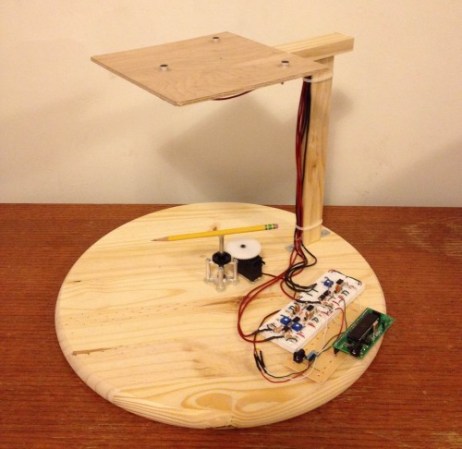
Two students at Cornell University have put together a rather curious sound tracking device called an Acoustic Impulse Marker.
[Adam Wrobel] and [Michael Grisanti] study electrical and computer science, and for their final microcontroller class they decided to build this device using the venerable ATmega 1284p.
The system uses a three-microphone array to accurately position sharp noises within 5 degrees of accuracy. The microcontroller detects the “acoustic delay” between the microphones which allows it to identify the location of the sound’s source vector. It does this using an 8-stage analog system which converts the sounds from each microphone into a binary signal, which identifies when each microphone heard the noise. The resultant 3 binary signals are then compared for their time delay, it selects the two closest microphones, and then does a simple angle calculation based on the magnitudes of each to determine the sounds position. Continue reading “Acoustic Impulse Marker Tracks Sounds With A Pencil”

